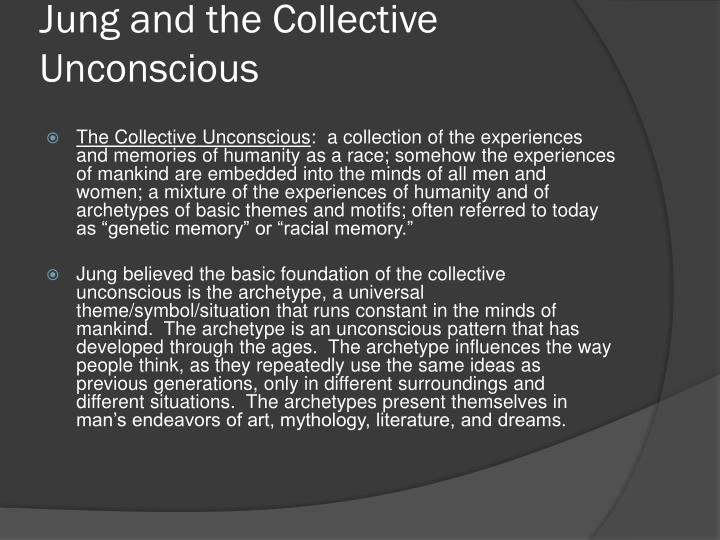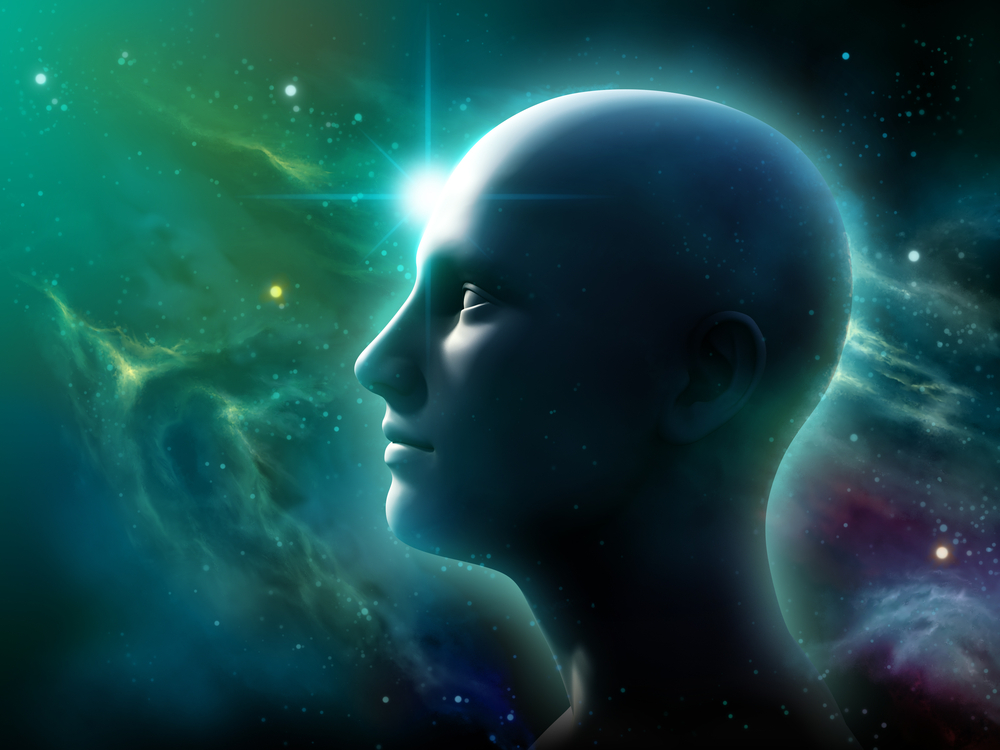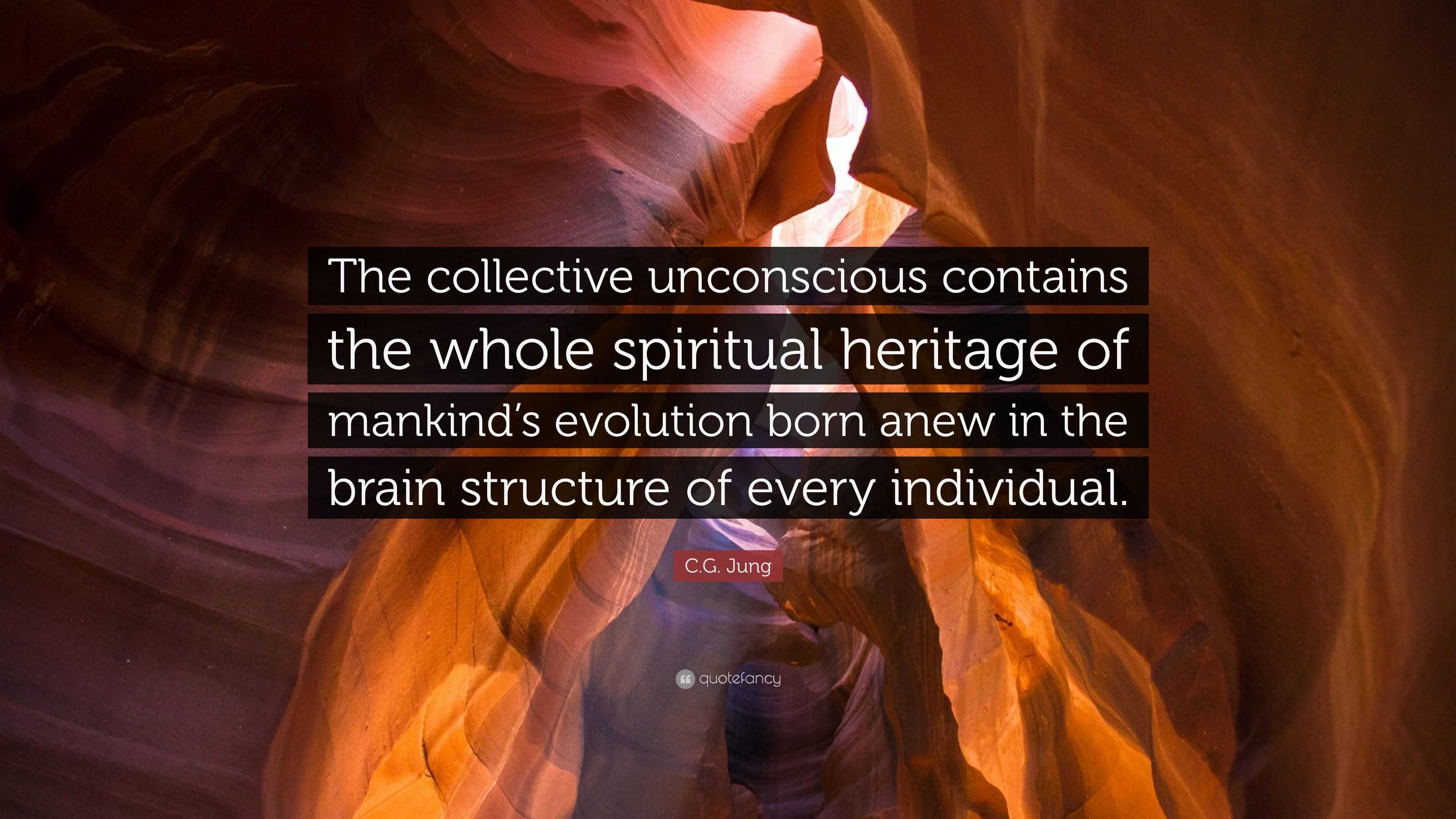
The most important of all is the Self, which is the archetype of the Center of the psychic person, his/her totality or wholeness. The religious and mystique experiences are also governed by archetypes. Birth, death, power and failure are controlledīy archetypes. Thus mother-child relationship is governed by the mother archetype. Īrchetypes constitute the structure of the collective unconscious - they are psychic innate dispositions to experience and representīasic human behavior and specific situations. The most important of them is the archetype. Though initially Jung followed the Freudian theory of unconscious as the psychic strata formed by repressed wishes, he laterĭeveloped his own theory to include some new concepts. Was developed at the time when he was working with schizophrenic patients in Burgholzli psychiatric hospital. as well as those “content stores” that are inherited and part of our DNA.Concept of Collective Unconscious at Jung

We probably need to find even better ways to study this human “narrative-engine” part of the brain and study everything from how humans construct stories for fun, for history, for self-explanation, etc. We now have the technical ability to study more of the brain in action and have well over a century of biological and psychological studies. This was in large part due to the technology at the time. Additionally, while he and Freud started off with a mechanist model of the mind (more centered on the neurological model), they quickly started down the road of creating a form of psychology that was non-falsifiable and hard to study with any kind of scientific rigor. Jung’s issue is that (despite his broad reading of many cultures and the like) is that he was also the product of his culture and some of his archetypes may be Western facing. So, no it isn’t “bullshit” to operate off of the assumption that there are archetypes that influence all humans. It is reasonable to hypothesize that in addition to an inherited “universal grammar” we have a set of “universal narratives” and component parts (such as images, archetypes, etc) that are also inherited genetically. All of these are rooted in our DNA, but express themselves as behaviors, perceptions, and ways we describe the world. Finally, language itself seems to have what Chomsky calls a “Universal Grammar” that is fairly well documented and studied. Thirdly, there are some general linguistic patterns surrounding the differentiation of colors and their order of adaption and acquisition into language that seem to be universal. that indicate there are fears that are universal from birth which in some form or another are instinctual. Second, almost universally, babies have reactions to heights, dark places, etc. First, human mothers can smell their child’s scent on a random blanket among blankets with other babies’ scents on them.

Well, there are some interesting things that are ingrained physical reactions common to nearly all humans that are well-studied. While the idea may have presented itself in Jung's essays on Synchronicity, in which Jung tried to find anything representing a pattern in the occurrence of various super or preternatural phenomena, looking at names, birthdates, star charts, and then some, might be why this link was made. The concept was later thought to be akin to the Akashic records, existing on a mental plane, of which very few had (conscious) access to gain insights as to the basis for various thoughts and perceptions. It was to neither confirm or deny whether nature or nurture helped develop some of the similarities across different people's to help explain various behaviors, whether represented on an archetypal or conscious level, but as a more cultural norm that didn't have clear origins.

Some anthropologists (Eliade comes to mind) argue for the same construct, in near-enough historical context, but without naming it definitively. I want to say there's an excerpt where he elaborates on symbols and frequencies throughout different cultures for similar meanings as part of an illustration that the collective unconscious is why so many cultural representations for some matters can mimic each other. It's one of the few collections of Jung's works that I've read cover to cover. I have a copy of Archetypes of the Collective Unconscious within my library.


 0 kommentar(er)
0 kommentar(er)
